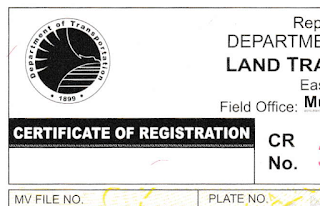How to make your air conditioner last longer
Back in 2000, I purchased three window-type air conditioners. Since then, my neighbors have had to replace their air conditioners several times over, but mine are all still fine after nearly two decades of daily use. What’s the secret to their longevity? The answer: less cleaning. Whereas my neighbors have their air conditioners cleaned almost every month, mine get cleaned only annually.
How do I get away with less cleaning?
First, when I do clean my air conditioners, I don’t overdo it. Please refer to the section on cleaning tips below.Second, I place a high-performance add-on filter directly on the air conditioner’s evaporator. I make sure that the add-on filter is big enough to cover the entire face of the evaporator, leaving no portion directly exposed to the incoming air.
Putting the high-performance add-on filter in direct contact with the evaporator ensures that all of the air entering the evaporator gets filtered, including the air that bypasses the built-in dust filter through various holes and gaps in the case. As a result, practically no dust gets into the evaporator. The evaporator stays unclogged and germ-free for a much longer time, which reduces the need for frequent cleaning.
An example of a high-performance add-on dust filter is 3M’s Filtrete. It has electrostatically charged fibers that attract dust and other airborne particles, including microbes. Its high cost is offset by the savings gained from (a) the fewer number of times you have to avail of aircon cleaning services, (b) the fewer number of times that you have to replace a broken air conditioner—a task that may require some masonry and/or carpentry work if the size of your new air conditioner does not match the existing hole in the wall, and (c) the health benefits gained from breathing clean, germ-free air.
How to get the best results
- Replace the high-performance add-on filter as recommended by the manufacturer. You may find that it must be replaced more frequently compared to a regular add-on filter.
- Before installing a new add-on filter, spray the evaporator and air duct with a disinfectant such as Lysol.
- If ice forms on the evaporator, it means something (probably a dirty filter) is blocking airflow. Replace the high-performance filter and clean the built-in filter.
- Clean the built-in filter periodically.
Aircon cleaning tips
Your air conditioner will still need regular (though less frequent) cleaning because its condenser and water pan will get clogged with dirt and other airborne matter. How often cleaning needs to be done depends on how dirty the air in your locality is. Whether you do the cleaning yourself or use a cleaning service:
- Don’t overdo it. Excessive or aggressive cleaning can result in accelerated wear and tear on the air conditioner. My neighbors have their air conditioners washed by men who use strong chemicals and power washers to blast the grime away, but mine get cleaned with a relatively gentle stream of water from a garden hose. To be sure, a garden hose cannot blast away the dirt as well as a power washer can, but it does the job well enough and without causing damage.
- Before introducing water or solvent into the unit, cover the motor and all other electrical components and connectors with sheets of plastic or other waterproof material. After the cleaning is done, make sure that all such covers are removed.
- When reassembling the unit, make sure that no tools, rags and other foreign objects are left inside the unit. Account for all screws and make sure that they are reinstalled properly.





Comments
Post a Comment